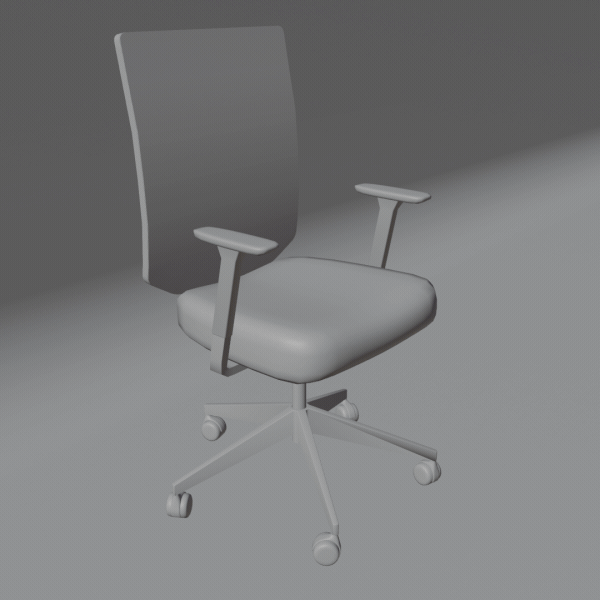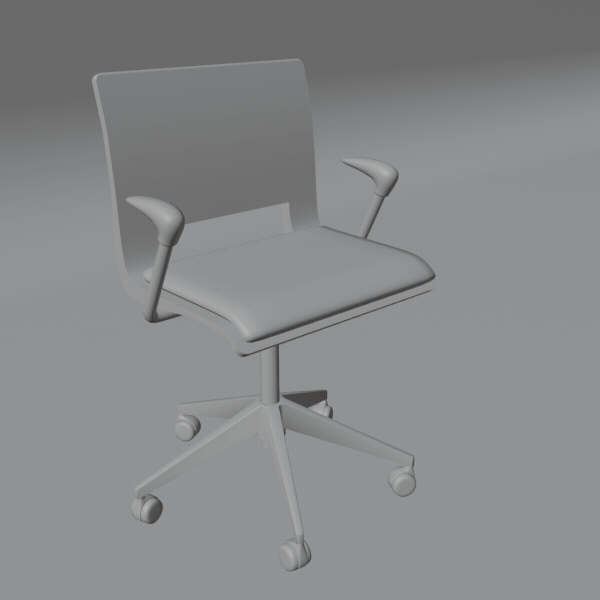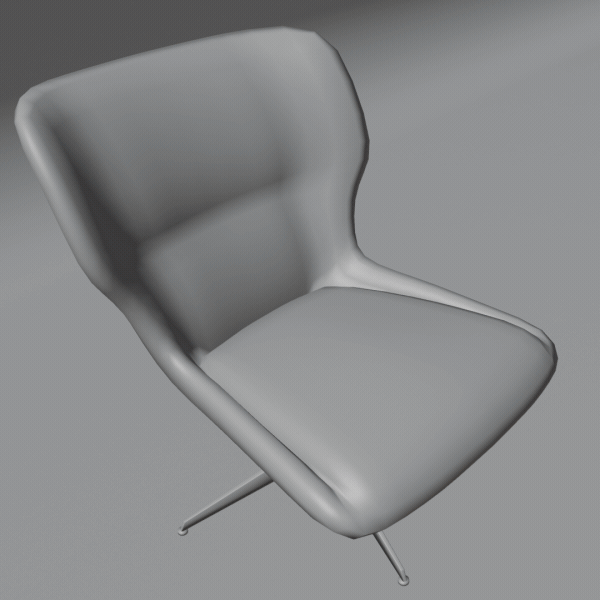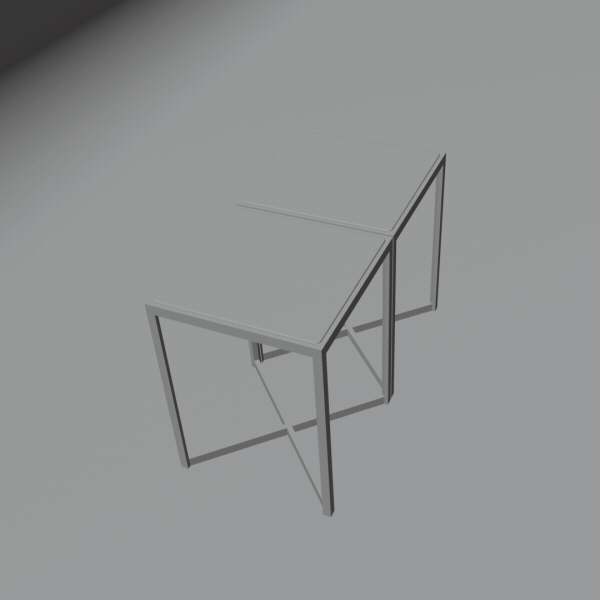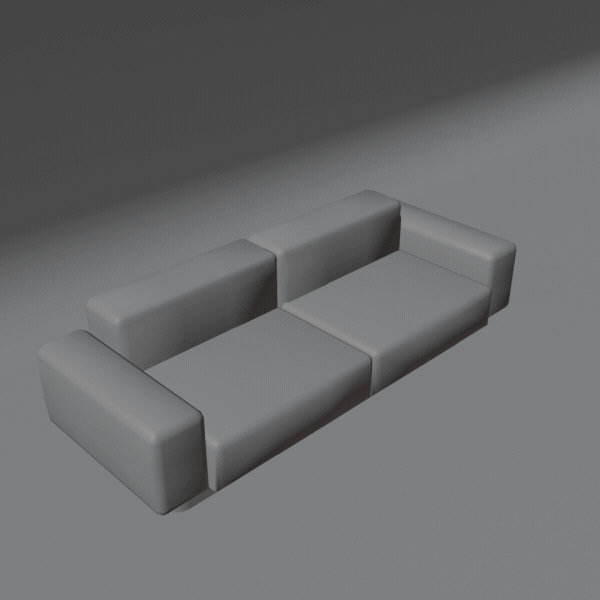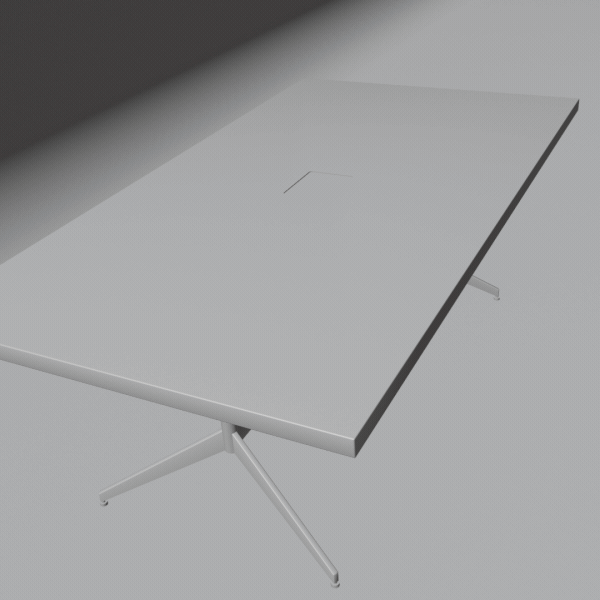This project is about translating interior design and Architecture into immersive and interactive Virtual Reality experiences. In this project, there are interactions with some elements of the office, for example, lights that can be turned on and off, furniture and floor materials that can be changed instantly for a better decision of interior design.
Implementation:
The project was implemented using the Unity3D game engine, and programming was done in C#.
For modelling and texturing the scene, the popular 3D software Blender was used.
For implementing Virtual Reality in Unity, packages like OpenXR and Oculus Integration plugin.
What is Architecture Visualization?
Architecture visualization refers to using digital tools and techniques to create visual representations of architectural designs. This can include 2D or 3D drawings, renderings, or animations that show the proposed design from different angles and perspectives.
What is VR?
Virtual reality is like actual reality. Only it’s created by trillions of instantaneous computer processes then mainlined into your audio/visual senses via a funny-looking and prohibitively expensive headset. VR allows you to experience a virtual world as if you were there, offering different levels of immersion and interactivity depending on your use.
ADVANTAGES of Virtual Reality
Experience the Architecture
One of the most significant benefits is engaging in an immersive 3D environment. Using VR immerses clients in a design experience they won’t forget. They’ll be able to walk through the proposed building in a life-like simulation.
Provides a better understanding of space
Using VR in architectural presentations offers a 360-degree view of the project. Clients are unlikely to have as much technical knowledge as you, and using VR offers them information that may not be as easy to comprehend in another format, such as 2D drawings. Having the ability to experience the actual scale of the space makes it easier to discuss details, exchange feedback, and make better design decisions faster.
Easy to operate
You don’t have to be a VR expert to use it with real-time visualization software. After a few clicks, your VR headset will start displaying your model, allowing you to experience your building before it’s built. Adding VR to your design and visualization process makes it easy to conduct design reviews with your team and other project stakeholders.
